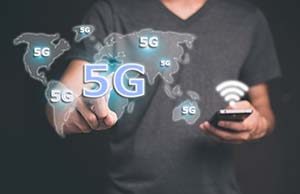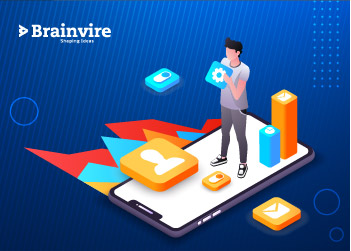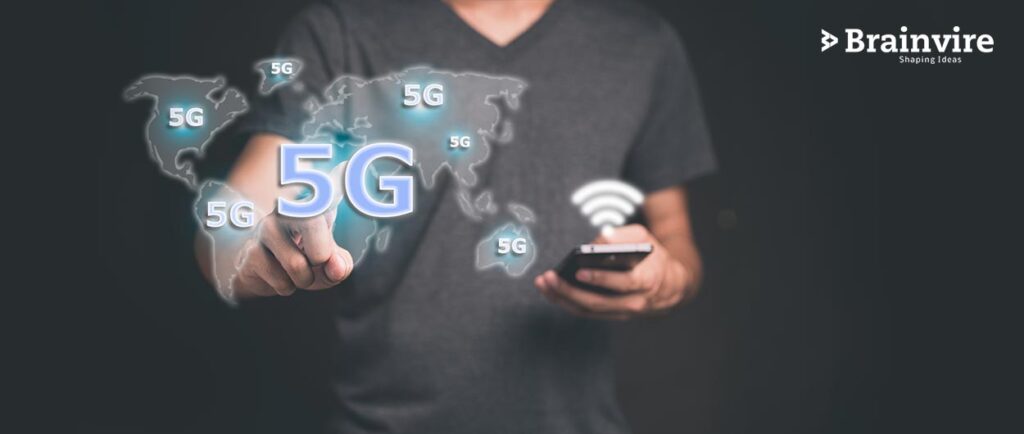
What is 5G?
The 5th generation mobile network is referred to as 5G. Following 1G, 2G, 3G, and 4G networks is a new global wireless standard. 5G enables a new type of network that connects virtually everyone and everything, including machines, objects, and devices.
5G wireless technology is intended to provide higher multi-Gbps peak data speeds, ultra-low latency, increased reliability, massive network capacity, increased availability, and a more consistent user experience to more users. Higher performance and efficiency will enable new user experiences and connect new industries.
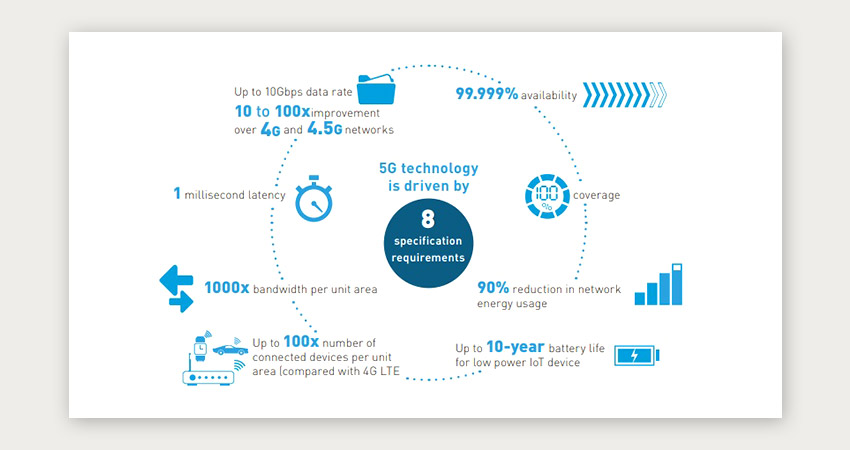
What Makes 5G Different?
5G operates on the same radio frequencies as your smartphone, Wi-Fi networks, and satellite communications, but it allows technology to go much further.
Apart from the ability to download a full-length HD movie to your phone in seconds (even from a crowded stadium), 5G is all about connecting things everywhere – reliably and without lag – so people can measure, understand, and manage things in real-time.
What is the Advantage of the 5G Network over the 4G Network?
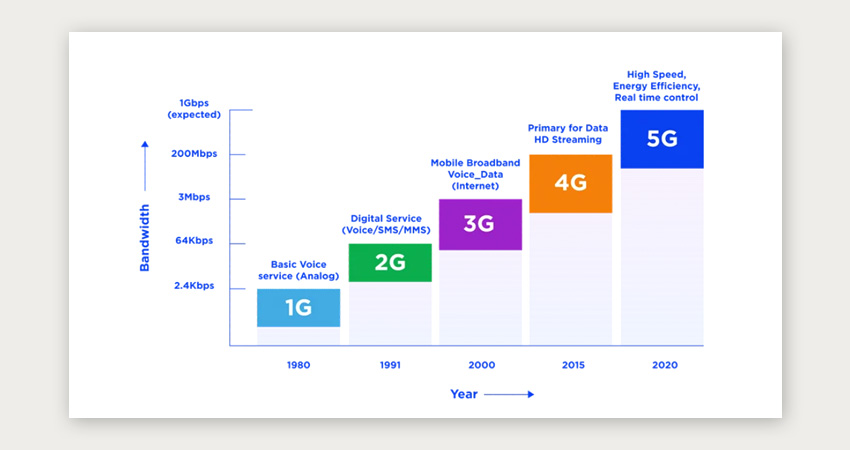
Speed Advancements
Each wireless network generation has seen a significant increase in speed, and the fifth generation of cellular network technology will go far beyond 4G LTE.
Predicted speeds of up to 10 Gbps represent a 100x improvement over 4G. 1 In practice, faster 4G vs. 5G speeds will open up new opportunities for consumers. For example, transferring a high-resolution movie at maximum download speeds will be reduced from seven minutes to six seconds.
Low Latency
Latency is the amount of time it takes for a signal to travel from its origin to its destination and back. Latency reduction has been one of the goals of each wireless generation. The latency of new 5G networks will be even lower than that of 4G LTE, with data transmission taking less than five milliseconds round-trip.
5G latency will be faster than human visual processing, allowing remote control of devices in near-real-time. As a result, human reaction time will become a limiting factor for small applications that use 5G and IoT—and many new applications will involve machine-to-machine communication that isn’t constrained by how quickly humans can respond.
Greater Capacity
5G will have up to 1,000x the capacity of 4G, paving the way for IoT development. As a result, 5G and IoT are a perfect match, with the potential to reshape how wireless networks—and the internet in general—are used. With the ability to seamlessly communicate hundreds or thousands of devices, new applications and use cases for cities, factories, farms, schools, and homes will flourish.
In the future of 5G, smart homes and cities will also take a giant leap forward. AI will be taken to new heights with Edge Computing by using more connected devices than ever before. From houses that make personalized energy-saving recommendations to reduce environmental impact to traffic lights that change patterns based on traffic flow, 5G applications that rely on increased network capacity will affect nearly everyone.
Increased Bandwidth
5G networks are designed differently than traditional 4G networks, allowing for more significant network traffic optimization and smooth handling of usage spikes. Crowded stadiums and other venues have struggled to provide continuous connectivity to large audiences, but 5G could allow sports fans to live stream their experience from any seat in the arena.
The impact of increased bandwidth on businesses will be felt across many departments and divisions in the form of big data. Companies today receive far more data from customers, suppliers, and teams than they can process and analyze for insights. These companies can turn large amounts of data into actionable knowledge by utilizing 5G connectivity and big data analytics.
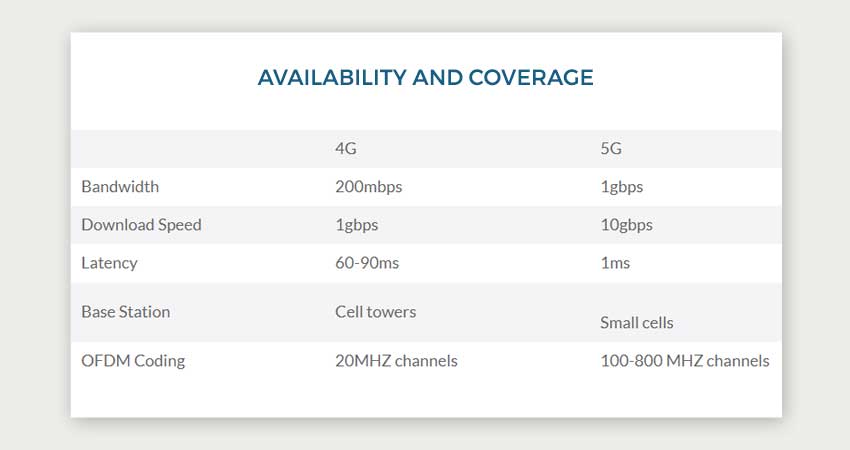
Availability and Coverage
The Evolution of 5G
- Briefcase-sized phones and short conversations between a relatively small number of professionals defined the 1G era.
- The demand for mobile services snowballed in the run-up to 2G and never stopped.
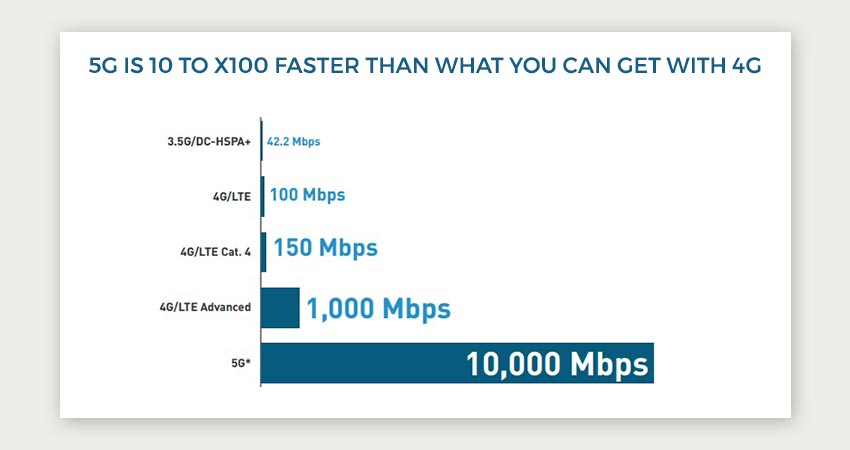
- Pocket-sized phones, SMS, and mobile internet access were all hallmarks of the 3G era.
- Thanks to 4G for Smartphones, app stores, and the unlimited time we can spend on YouTube and social media without worrying about data usage.
- 5G is now completely reshaping our professional and personal lives by enabling new use cases such as connected vehicles, augmented reality, and enhanced video and gaming.
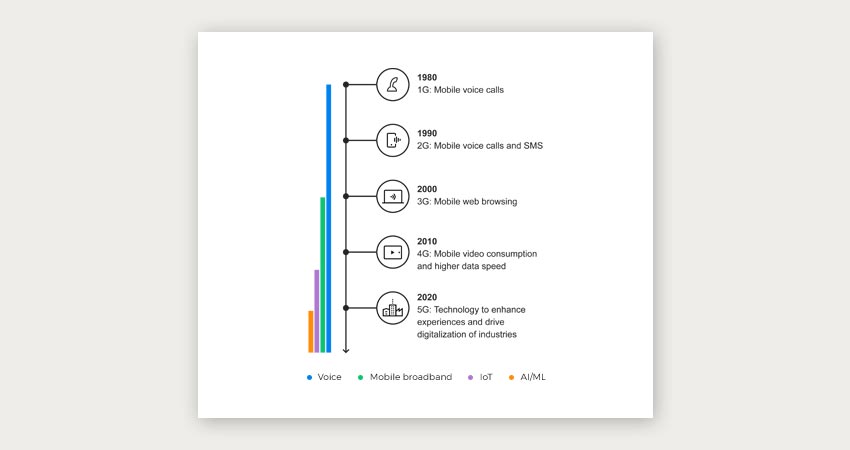
Ways in which 5G will Transform Our Lives
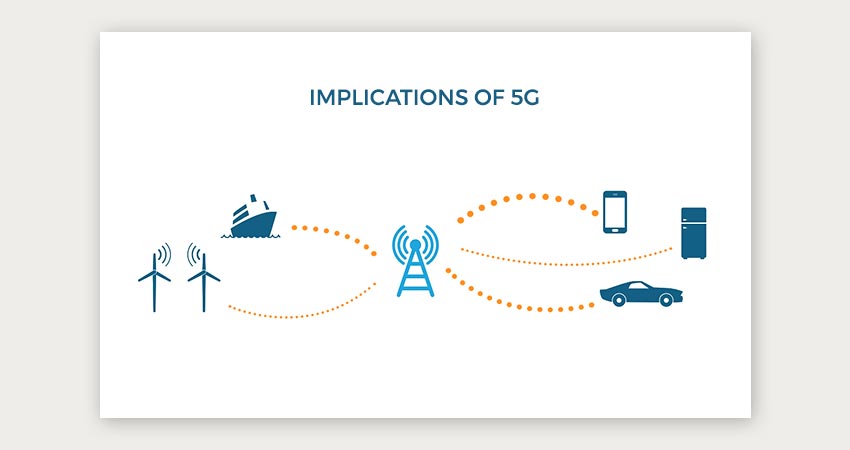
Smart Cities
Upgrading to 5G will enable cities to handle data from millions more IoT devices and install low-power sensors that can last for years before needing replacement. This will improve their ability to intelligently manage traffic flow, air quality, energy consumption, public safety, and other issues. According to a 2017 Accenture Strategy Report, cities could save $160 Billion by utilizing 5G networks to manage traffic and power.
Industrial Revolution
Industrial and commercial IoT may have the most significant impact from 5G. For example, location beacons are already changing the way goods are moved from inventory to shipping and delivery. According to ABI Research, by 2023, over 500 million objects will be tracked. For example, precision agriculture employs soil sensors and aerial cameras to detect crop disease, determine when to water, and reduce pesticide usage.
All of these changes will accelerate exponentially once ultra-fast wireless networks are in place, expecting to support 125 billion IoT devices by 2030.
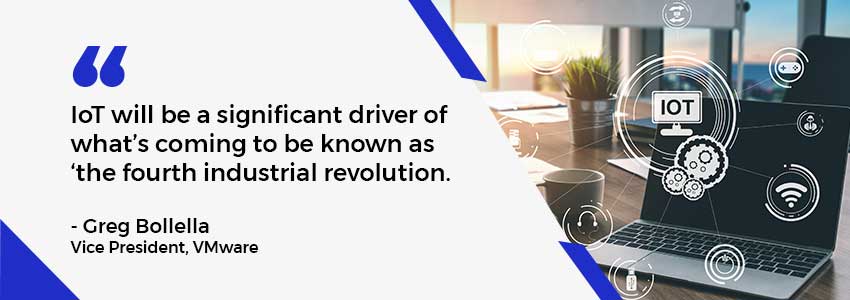
Driverless Cars
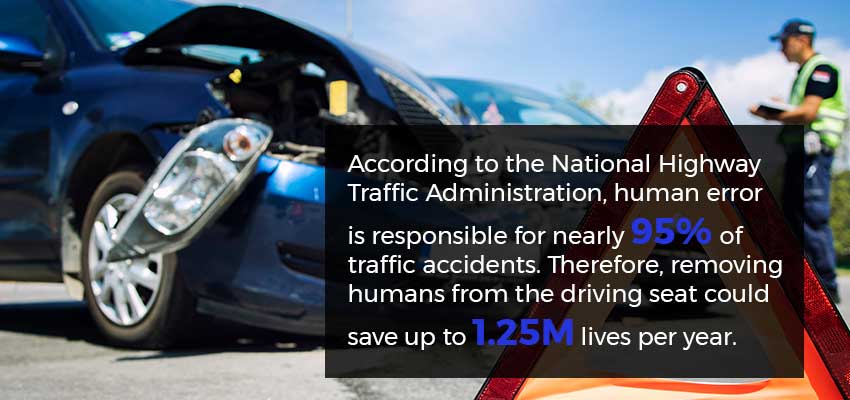
To avoid accidents and reduce traffic congestion, driverless cars will need to communicate with the cars around them. To navigate more safely, they will need to communicate with sensors embedded in traffic lights, road signs, and the pavement. And they will need instant responses, which is where low-latency 5G networks come in.
When driverless infrastructure is in place, the streets may become less congested, and the air may become cleaner. In addition, fewer people will own cars due to fully autonomous vehicles, and ride-sharing may become more common.
Telemedicine
Virtual visits enabled by low-latency, HD-quality wireless networks may make trips to the doctor’s office as rare as house calls. Wearable or implanted medical devices will record your vital signs and transmit them to healthcare providers, allowing them to detect early warning signs of heart attacks, strokes, and other life-threatening events.
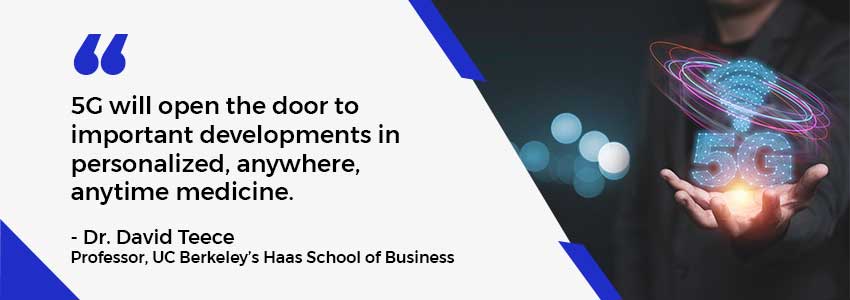
High-speed wireless networks will also enable telesurgery, in which specialists in one hospital control equipment in other hundreds of miles away. For example, a surgeon in China used a 5G connection to successfully remove a portion of a pig’s liver from 30 miles away in January.
Conclusion
The 5G architecture can raise signaling to control a complex interdependent infrastructure, complementing other characteristics such as much lower latency, reliability, and bandwidth. As a result, it will enable developing a diverse set of business models for immersive experiences, transportation safety, public safety, law enforcement, and process automation in the enterprise, public sector, and consumer segments.
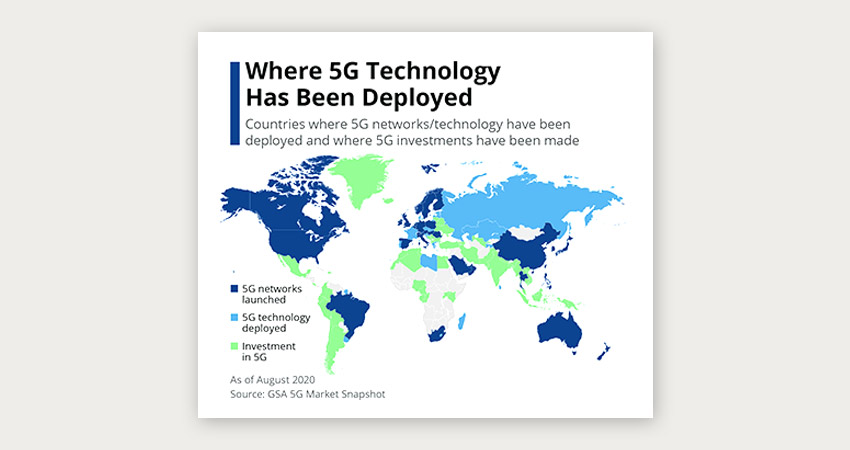
As a mobile app development company that has worked on thousands of android app developments, we are excited to explore the benefits of the 5G network.
Related Articles
-
10 Most Preferred Analytical Tools To Improve Your Business Analysis
The new-age businesses are comparatively more complex and challenging to manage manually than earlier. With most of the statistics available in digital formats, there is a constant need to analyze
-
Applications of Node.js – When and where is it used?
Today, JavaScript is widely popular as the client-side technology. The best application of JavaScript is on web pages. It is JavaScript that makes a web page interactive and improves user
-
Exploring the Sphere of Serverless Architecture for Your Business
Since the market is flooding with app development technologies, it becomes difficult to understand and use them correctly. One such tech solution that has been on the tip of professionals
